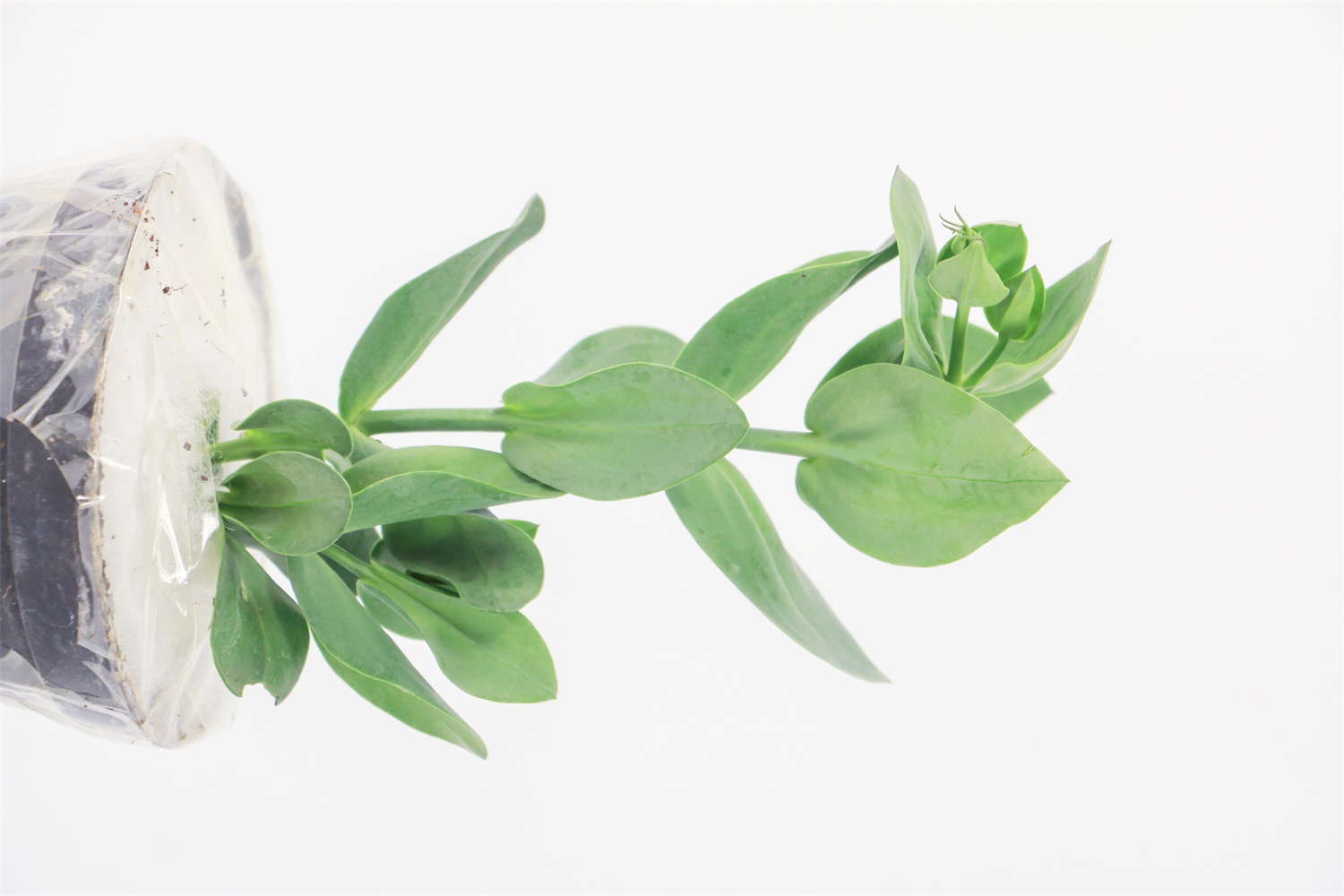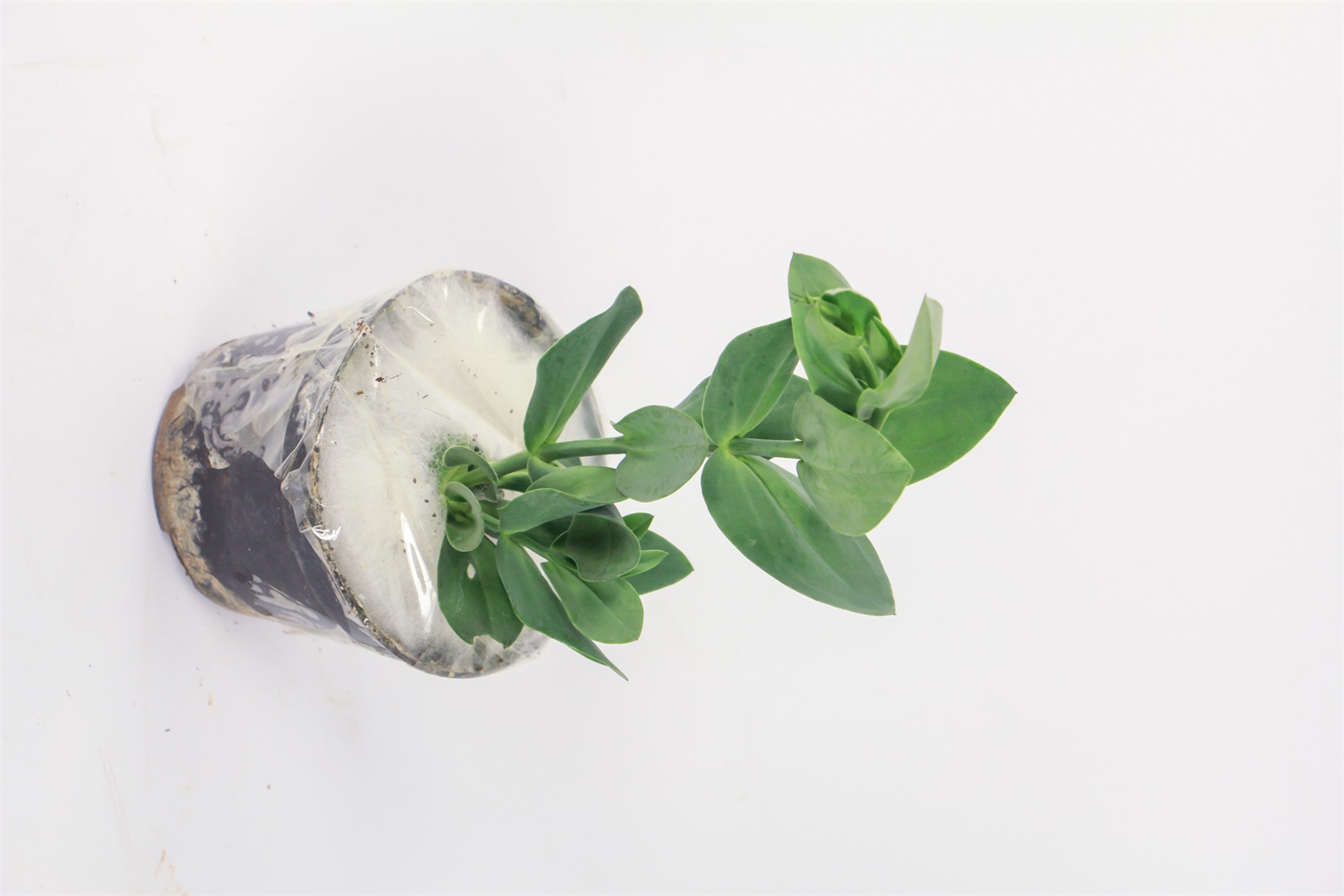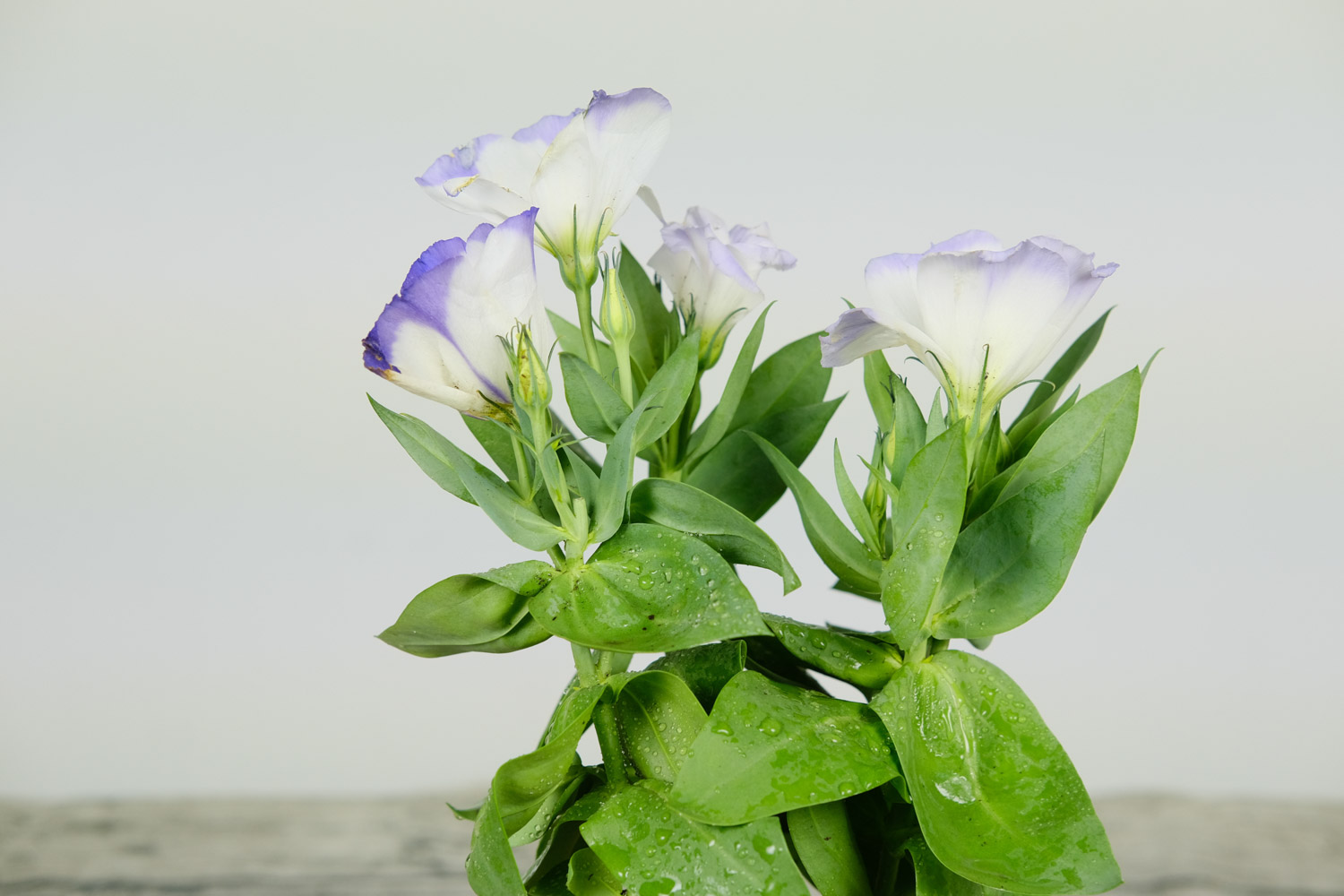1、 Method of using seeds to reproduce
1. Method introduction
The method of seed reproduction is generally used more in family breeding, because it is relatively simple and seeds are very easy to obtain. Generally, the soil for propagation of Platycodon grandiflorum is mainly peat, and then add a little perlite and other soil with large particles, which can increase water permeability and air permeability, and then add some disinfectants for disinfection
Because the seeds of Platycodon grandiflorum need light to germinate, it is not necessary to cover a layer of soil on the top of the seeds after the seeds are scattered into the planting soil. Generally, the temperature of germination needs to be controlled at about 24 degrees Celsius, and then the seeds can be seen to sprout in about half a month. After germination, you should also keep plenty of sunshine. The basin soil can be a little wet, but you can't accumulate water

2. Upper basin
After germination, its growth and development speed is still relatively slow compared with other flowers. When it slowly grows four or five leaves, it can be colonized. When planting, you can plant several trees, so that the Platycodon grandiflorum will be very beautiful when it blooms in the future. Generally, five Platycodon grandiflorum can be planted in a flower pot with a diameter of about 21 cm. After the pot, be sure to remember to apply fertilizer, which is conducive to development

2、 Method of using cuttings to propagate
1. Selecting cuttings
When selecting, we must select more robust plants from adult plants, which can effectively increase the success rate
2. Operation method
The general cutting method is soil cutting. If the previously selected cuttings are very suitable, the survival rate will reach more than 50%. First, select the planting soil, then insert a hole in the soil with a stick, put the cuttings in, then bury them with soil, then pour water through, and cover the top layer with fresh-keeping film
In order to maintain air permeability, insert a few small holes in the fresh-keeping film, and then put it in a light place. The membrane can be removed in about a week, and the cuttings will take root in a month. After rooting, it will be full of buds and seedlings. After a few more green leaves, it can be put into a pot
The above are the two methods of its reproduction. It is simple and easy. Friends who like it can plant it in person


 how many times do yo...
how many times do yo... how many planted tre...
how many planted tre... how many pine trees ...
how many pine trees ... how many pecan trees...
how many pecan trees... how many plants comp...
how many plants comp... how many plants can ...
how many plants can ... how many plants and ...
how many plants and ... how many pepper plan...
how many pepper plan...





























